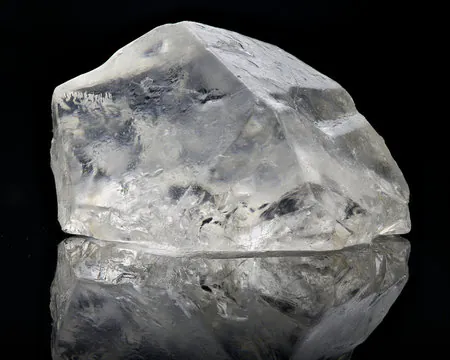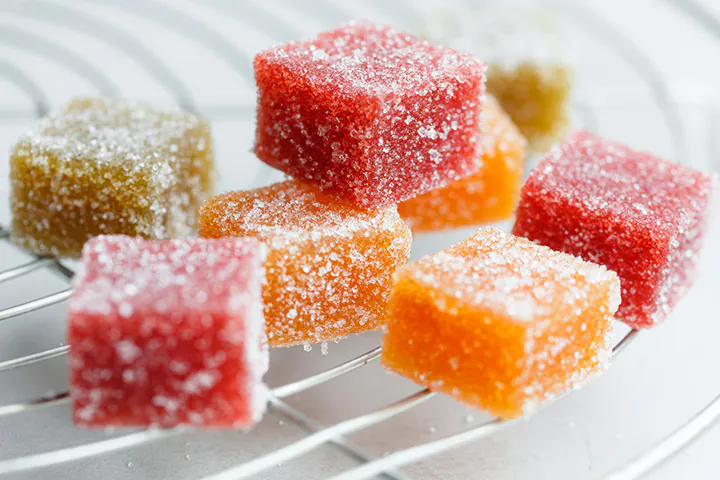THC, also called tetrahydrocannabinol, is the cannabinoid most commonly linked with marijuana’s mind-altering “high.” Even though cannabis contains many different cannabinoids — and hundreds more active elements – THC is by far the most well-known product.
However, when the subject of THC-O is brought up, many people feel a surge of power. What are the distinctions between THC and THC-O, and why does it make much difference? So we’re here to go over the fundamentals and differences between THC and THC-O.
What Is THC?
THC, or tetrahydrocannabinol, is the component in marijuana that causes most of its psychological effects. According to the National Institute on Drug Abuse, it works similarly to cannabinoid chemicals produced naturally by the body (NIDA).
Cannabinoid receptors are focused on brain areas related to thinking, memory, pleasure, coordination, and time perception. According to NIDA, THC binds to and stimulates these receptors, influencing memory, movement, thinking, concentration, coordination, and sensory & time perception. THC is one of the numerous chemicals identified in the resin released by marijuana plant glands.
So many of these glands are present near the plant’s reproductive system than everywhere else. This resin contains cannabinoids, which are marijuana-specific chemicals. According to the National Center for Biotechnology Information, one cannabinoid, CBD, is not psychoactive and prevents the high link with THC.
What Is THC-O?
THC-O, commonly called THC-O-acetate, is more potent than regular cannabis but has a comparable effect in small quantities. In high doses, it’s more psychotropic and can be immobilizing for certain consumers.
However, THC-O is not a completely natural cannabinoid. It is a close cousin to THC. It is made through a time-consuming and risky procedure. The process begins with the extraction of CBD from Hemp. The delta 8 is then extracted from the CBD and combined with acetic anhydride to produce THC-0.
Because acetic anhydride is flammable, you mustn’t attempt to produce THC-O at home and only purchase from a reputable supplier.
THC-O-acetate is a prodrug, which means it is functionally inert until metabolized by the body. THC-O may be more bioavailable than delta 8 and delta 9, allowing the body to absorb more of it. Also, THC-O is significantly more powerful than regular cannabis and can even produce hallucinations.
Differences Between The Effects Of THC and THC-O
THC Effects
According to NIDA, THC causes brain cells to release dopamine, resulting in pleasure. It also interacts with how the brain processes information in the hippocampus, the area of the brain important for memory formation.
THC has the ability to generate hallucinations, alter thinking, and cause delusions. The symptoms last roughly two hours on average and begin 10 to 30 mins after consumption. However, a psychomotor impairment may remain after the apparent high has gone away.
THC has been linked to the following reported effects in certain cases:
- sedation
- relaxation
- pain-relief
- elation
- anxiety
- tachycardia
- short-term memory recall issues
Terra Tech Corp, a California farming firm focusing on local farming and medical cannabis, hires a marijuana chemistry specialist. According to him, research published in the British Journal of Pharmacology discovered that various forms of cannabinoids and terpenes (compounds discovered in plants that give flavor and smell) can modify and decrease the harmful effects.
THC-O Effects
THC-O has the potential to be 3 times more powerful than THC. It produces a psychotropic high that, based on the quantity, can be both joyful and relaxing.
THC-O-acetate is generally referred to as the psychedelic cannabinoid because some consumers describe psychedelic experiences, mild hallucinations, and visuals. It is also reported to create deeper introspection than conventional THC and elicit spiritual feelings.
Most THC-O users report one or more of the following effects:
- High Body
- Buzz
- Joy
- Psychedelic properties
- Relaxation
- Consciousness expansion
These are particularly potent for individuals desiring self-awareness via introspection, improved creativity, and better understanding and awareness.
Biggest Difference Between THC And THC-O?
The biggest difference between THC-O and THC is the distinction between federal and state legality. THC-O is completely federally legal and legal in 38 states. But THC is federally illegal and outlawed in the majority of states. THC-O and THC create euphoric psychoactive effects on consumers and have numerous recreational benefits.
THC-O is a relatively new, cutting-edge cannabinoid (produced from Hemp, like Delta 8) containing psychoactive effects and pleasurable sensations linked with cannabis usage. According to studies, it is around 3 times stronger than normal THC. Because of its hallucinogenic properties, it has been labeled “the psychedelic cannabinoid.”
The Bottom Line
Whether THC-O is a cure-all for the high tolerance therapeutic user is debatable. But the reality of patients who rely on high dosages of THC is evident. Although data is sparse now, as companies scramble to commercialize this novel cannabinoid, further studies on its safety, efficacy, and optimal applications will undoubtedly emerge. And we, for one, shall be watching with bated breath.




